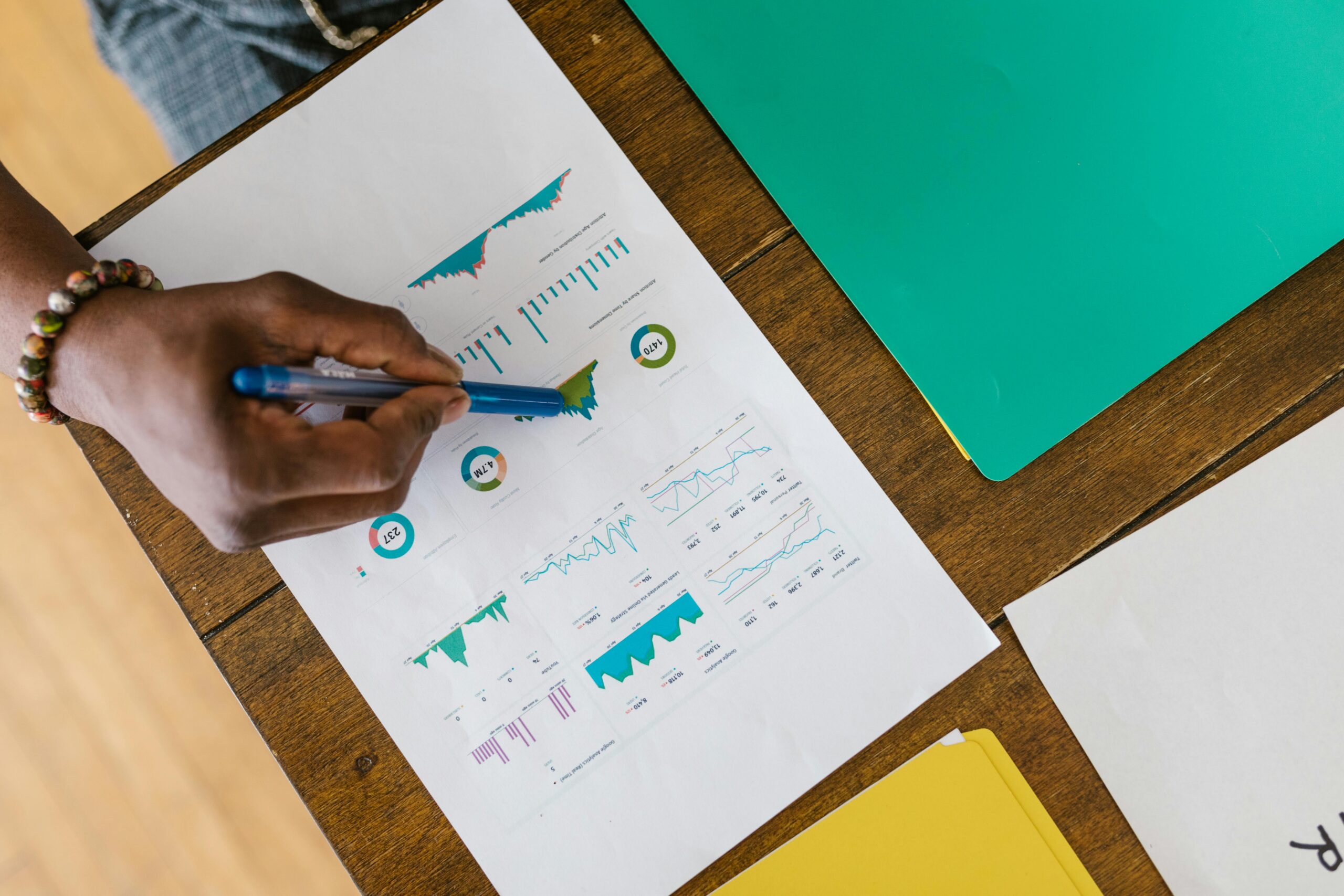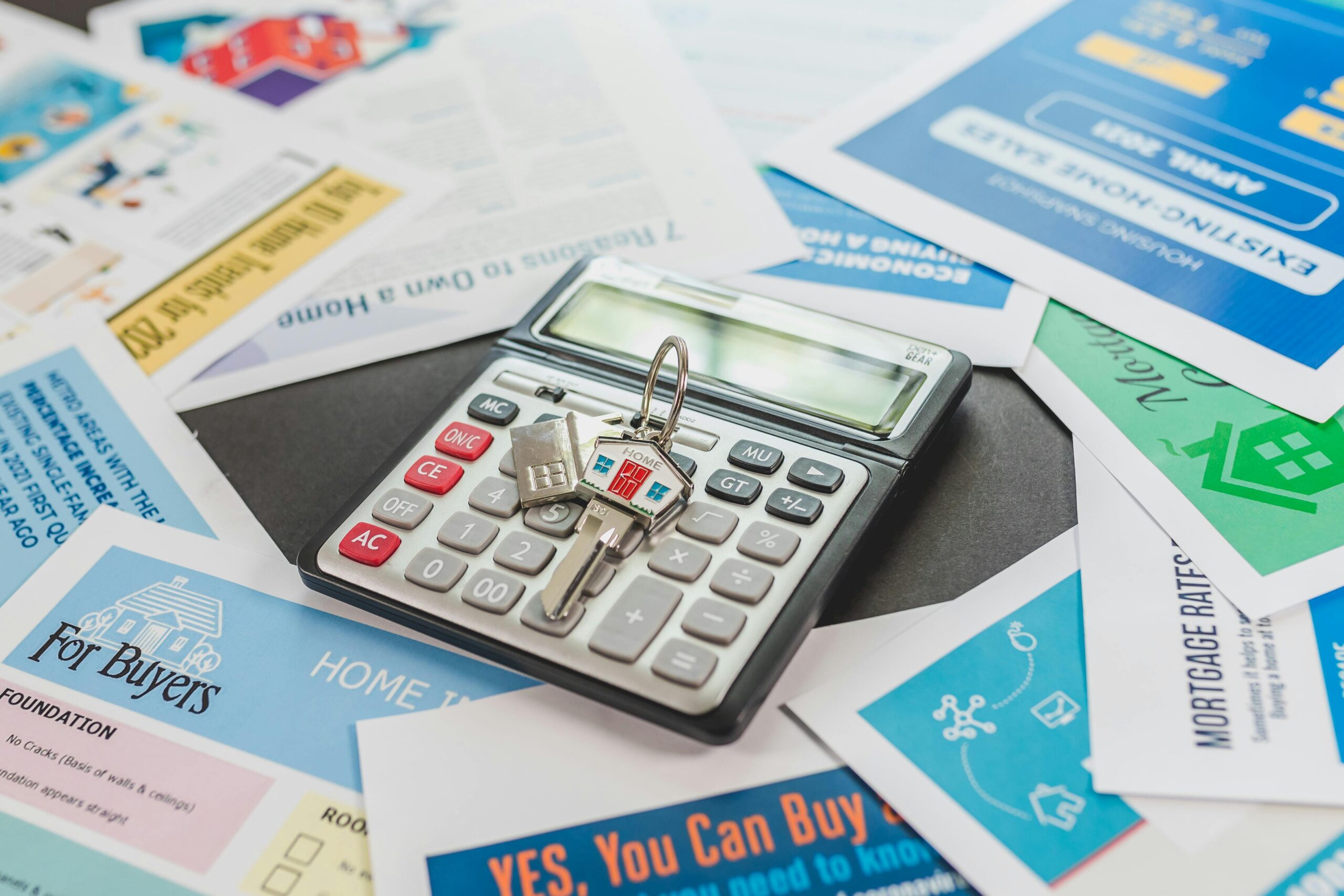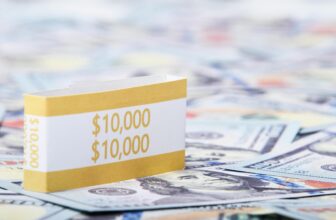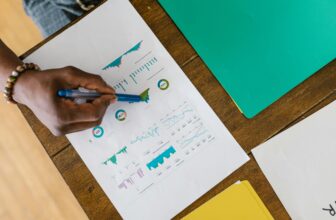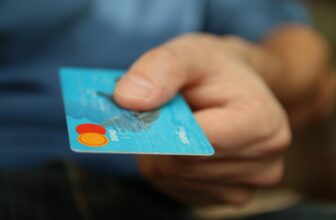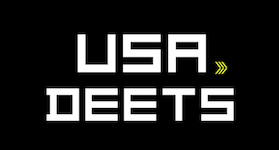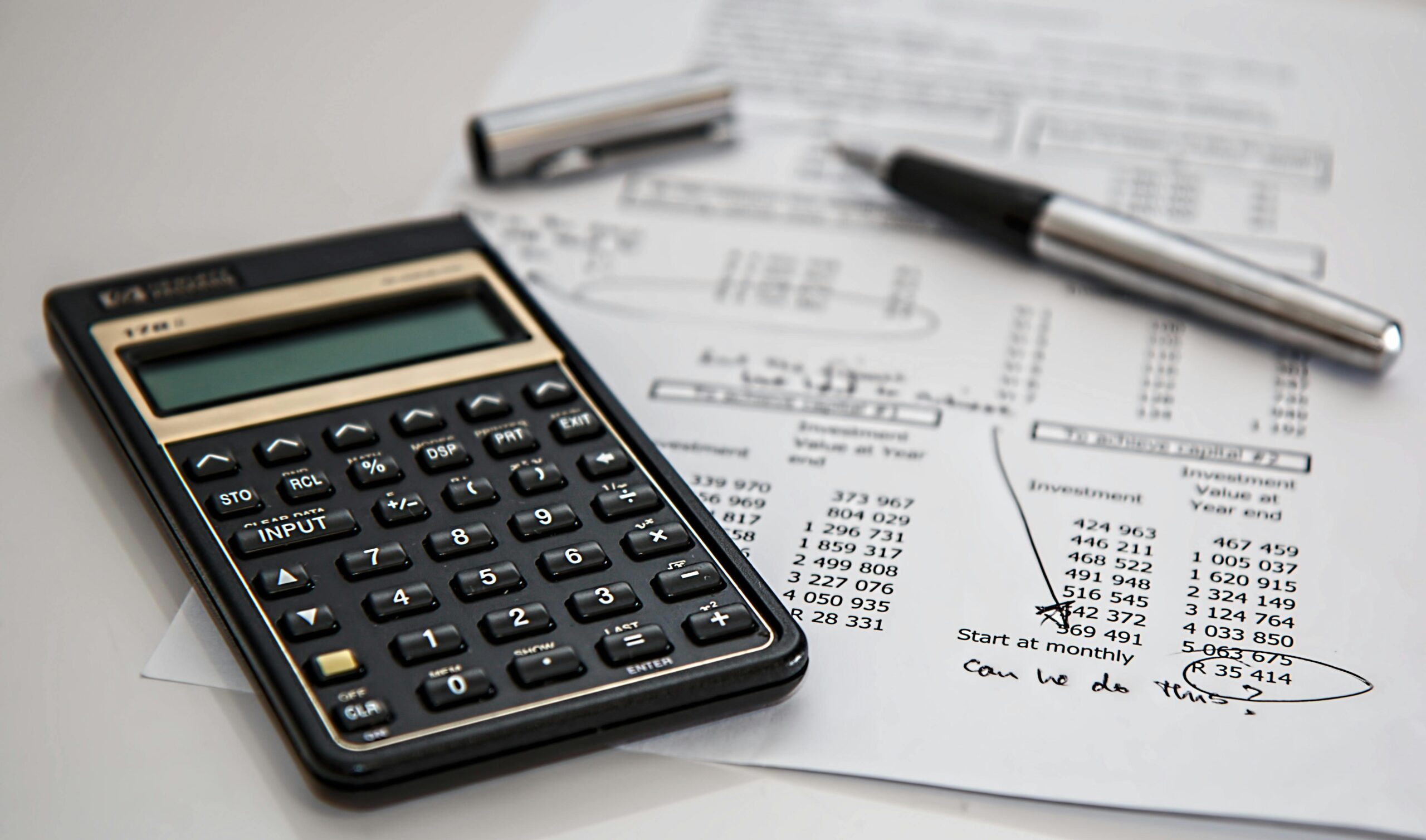
An asset is an economically valuable resource that an individual, company, or even a country owns or controls. It’s anything, tangible or intangible, that has the potential to generate future economic benefits. These benefits can come in various forms, such as:
- Providing income: Renting out a property, receiving dividends from stocks, or earning interest from a savings account.
- Reducing expenses: Owning a car instead of relying on taxis saves money on transportation.
- Appreciating in value: A house, a classic car, or artwork might increase in value over time, allowing you to sell them for a profit.
- Improving your financial well-being: Education and skills can lead to higher earning potential, while a strong brand reputation can attract more customers to a business.
In essence, assets are like tools in your financial toolbox. They help you build wealth, manage your finances, and achieve your financial goals.
Classifying Asset:
There are several ways to classify assets, each providing a different perspective on their characteristics and roles. Here are three common classifications:
1. Based on Convertibility:
- Liquid Assets: These assets can be easily converted to cash quickly and without significant loss of value. Examples include cash, checking and savings accounts, and money market accounts.
- Illiquid Assets: These assets are not easily convertible to cash and may take time or effort to sell, potentially at a loss. Examples include real estate, tangible assets like cars and furniture, and some types of investments.
2. Based on Usage:
- Operating Assets: These assets are essential for the day-to-day operations of a business and directly contribute to generating revenue. Examples include inventory, machinery, and office equipment.
- Non-Operating Assets: These assets are not directly involved in a business’s core operations but can still generate income or provide value. Examples include investments in other companies, vacant land held for future development, and intellectual property not actively used in production.
3. Based on Physical Existence:
- Tangible Assets: These assets have a physical presence and can be touched and seen. Examples include land, buildings, vehicles, equipment, and inventory.
- Intangible Assets: These assets lack a physical form but still hold value. Examples include intellectual property (patents, copyrights, trademarks), brand reputation, goodwill, and human capital (skills and knowledge).
It’s important to understand that an asset can sometimes fall under multiple classifications. For example, a company’s delivery trucks are both tangible (physical vehicles) and operating assets (used in daily operations).
Assets on the Balance Sheet: Types and Examples
| Category | Description | Examples |
|---|---|---|
| Current Assets | Short-term assets expected to be converted to cash within one year or the operating cycle, whichever is longer. | * Cash and cash equivalents (checking, savings, money market accounts) * Accounts receivable (money owed by customers) * Inventory (raw materials, work-in-progress, finished goods) * Prepaid expenses (rent, insurance) |
| Tangible Assets | Physical assets with a material form. | * Land * Buildings * Machinery and equipment * Furniture and fixtures * Vehicles |
| Intangible Assets | Assets without a physical form but still hold value. | * Patents * Copyrights * Trademarks * Brand reputation * Goodwill * Educational qualifications and professional skills |
| Investments | Assets acquired with the expectation of future growth or income generation. | * Stocks * Bonds * Mutual funds * Real estate investment trusts (REITs) |
| Other Assets | Assets that don’t fit neatly into other categories. | * Deposits on long-term assets * Prepaid long-term insurance * Intangible assets under development * Notes receivable (loans receivable with a repayment period exceeding one year) |
Calculating Total Assets for an Individual:
- Cash and cash equivalents: $5,000
- Savings account: $10,000
- Car: $15,000
- Investment account: $20,000
- Total assets: $50,000 (Cash & Eq. + Savings + Car + Investment)
Calculating Total Assets for a Business:
- Inventory: $25,000
- Accounts receivable: $10,000
- Equipment: $50,000
- Building: $200,000
- Total assets: $285,000 (Inventory + Receivables + Equipment + Building)
Remember:
- Intangible assets are generally not included in total asset calculations due to valuation challenges.
- The accuracy of your total assets depends on the accuracy of your individual asset valuations.
- Regularly calculating your total assets helps you track your financial progress and make informed financial decisions.
Conclusion:
Assets are the valuable resources you own or control that contribute to your financial well-being. They come in various forms, from tangible possessions like your car to intangible ones like your education. Understanding the different types of assets and how they are used empowers you to make informed financial decisions, build wealth, and achieve your financial goals. Remember, your assets are like tools in your financial toolbox, strategically utilize them to pave the way for a secure and prosperous future.
References:
- The Securities and Exchange Commission (SEC): https://www.sec.gov/
- The Financial Industry Regulatory Authority (FINRA): https://www.finra.org/
- The National Endowment for Financial Education (NEFE): https://www.nefe.org/
- Investopedia: https://www.investopedia.com/
- The Balance: https://www.thebalancemoney.com/
FAQs
1. What do you mean by an asset?
An asset is an economically valuable resource that you own or control. It can be anything, tangible or intangible, that has the potential to generate future economic benefits. These benefits can come in various forms, such as:
Providing income: Renting out a property, receiving dividends from stocks, or earning interest from a savings account.
Reducing expenses: Owning a car instead of relying on taxis saves money on transportation.
Appreciating in value: A house, a classic car, or artwork might increase in value over time, allowing you to sell them for a profit.
Improving your financial well-being: Education and skills can lead to higher earning potential, while a strong brand reputation can attract more customers to a business.
2. What are the 3 types of assets?
While there are various classifications for assets, three main categories are:
Tangible assets: These have a physical form, like cars, houses, furniture, or jewelry. You can touch and see them.
Intangible assets: These lack a physical form but still hold value, such as intellectual property (patents, copyrights, trademarks), brand reputation, education and skills, or business goodwill.
Financial assets: These represent claims to ownership or the right to receive future benefits, including cash and cash equivalents (checking and savings accounts), stocks, bonds, and mutual funds.
3. What is a content asset?
A content asset is a piece of information or creative work that has value for a business or individual. It can be used to attract and engage an audience, build brand awareness, or generate leads. Examples of content assets include:
Blog posts
Articles
Infographics
Videos
E-books
White papers
4. What’s considered an asset?
Anything that meets the following criteria can be considered an asset:
Owned or controlled: You must have legal ownership or control over the resource.
Economically valuable: It has the potential to generate future economic benefits, either through income, cost savings, appreciation, or other means.

